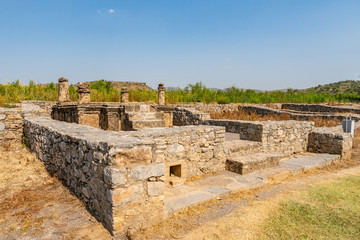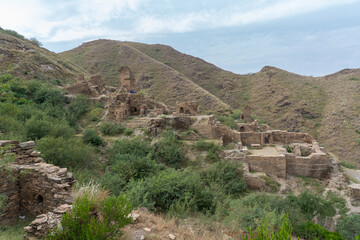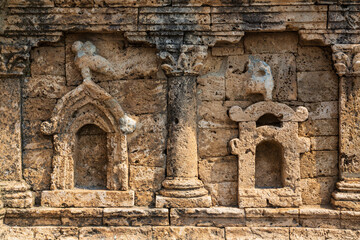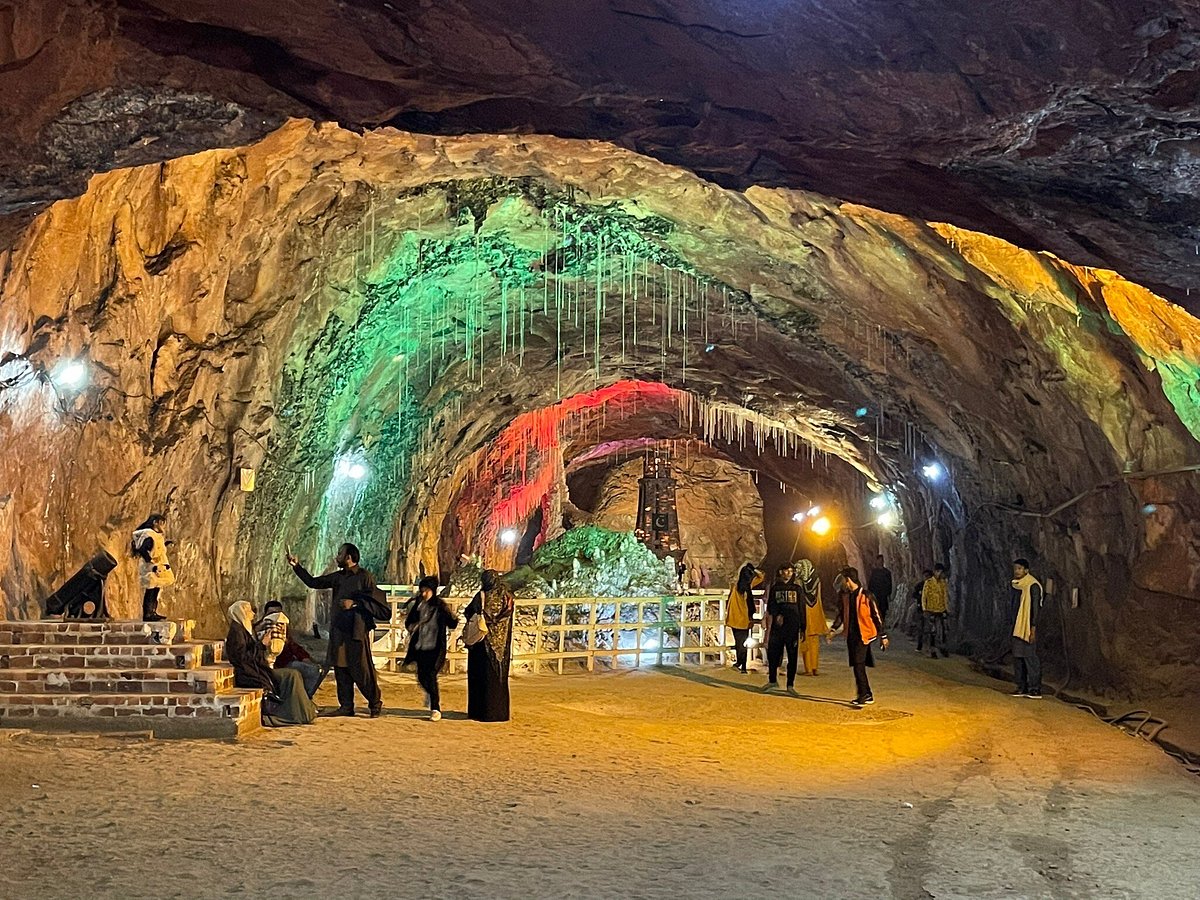- Home
- About
- Tour Gallery
- Tours
- Pakistan Gurdwaras Tours
- Lahore Sightseeing Tours
- Islamic Architecture Tours
- Festival tours
- Fairy meadow Nanga Parbat Basecamp
- Heritage & Culture
- Indus Valley Civilization Tours
- Gandhara Civilization Tours
- Polo Festival Tours
- Springs Cherry Blossom Tour
- Culture & heritage tours
- Photography Tours
- Shengrilla & Skardu tours
- Hunza Valley Tour
- Exploration Karakorum Highway
- Old silk route tours
- Living art & cultural tours
- Autumn fall photography tours
- Spiritual walk& Sufi music
- Jeep & camel safari
- Khewra salt mine tours
- Day Excursion
- Rakaposhi Base Camp
- Peshawar’s Heritage Trails
- Karachi and Interior Sindh
- UNESCO Heritage Trail
- Contact
- Reviews
- Home
- About
- Tour Gallery
- Tours
- Pakistan Gurdwaras Tours
- Lahore Sightseeing Tours
- Islamic Architecture Tours
- Festival tours
- Fairy meadow Nanga Parbat Basecamp
- Heritage & Culture
- Indus Valley Civilization Tours
- Gandhara Civilization Tours
- Polo Festival Tours
- Springs Cherry Blossom Tour
- Culture & heritage tours
- Photography Tours
- Shengrilla & Skardu tours
- Hunza Valley Tour
- Exploration Karakorum Highway
- Old silk route tours
- Living art & cultural tours
- Autumn fall photography tours
- Spiritual walk& Sufi music
- Jeep & camel safari
- Khewra salt mine tours
- Day Excursion
- Rakaposhi Base Camp
- Peshawar’s Heritage Trails
- Karachi and Interior Sindh
- UNESCO Heritage Trail
- Contact
- Reviews



Gandhara Civilization Tours
The Gandhara Civilization, an ancient and illustrious chapter in the history of South Asia, flourished in what is now present-day Pakistan and Afghanistan from the 6th century BCE to the 11th century CE. Renowned for its artistic achievements, cultural innovations, and religious significance, the Gandhara Civilization left an indelible mark on the region’s heritage and continues to captivate scholars and enthusiasts alike.
Characteristics of the Gandhara Civilization:
Artistic Marvels: The Gandhara Civilization is perhaps best known for its distinctive art style, characterized by a unique fusion of Hellenistic and Indian influences. Sculptures, reliefs, and architectural remains from the Gandhara period exhibit a remarkable blend of Greek anatomical realism and Indian spiritual symbolism, reflecting the cosmopolitan nature of the region.
Buddhist Influence: Buddhism played a central role in the Gandhara Civilization, with the region serving as a major center for Buddhist learning, pilgrimage, and artistic expression. Gandhara’s Buddhist monasteries, stupas, and rock-cut sculptures, including the famous Buddha statues of Bamiyan, are testament to the profound impact of Buddhism on the cultural landscape of ancient South Asia.
Trade and Commerce: Situated at the crossroads of Central Asia, South Asia, and the Middle East, the Gandhara region served as a vital hub for trade and commerce along the ancient Silk Road. Its strategic location facilitated the exchange of goods, ideas, and cultural influences between East and West, contributing to the region’s prosperity and cosmopolitan character.
Multicultural Society: The Gandhara Civilization was characterized by its diverse population, comprised of indigenous tribes, Greek settlers, Persian merchants, and Buddhist pilgrims from across Asia. This multicultural milieu fostered intellectual exchange, artistic innovation, and religious syncretism, shaping the unique identity of Gandharan society.
Legacy and Influence:
Art and Architecture: The artistic legacy of the Gandhara Civilization continues to inspire admiration and study among scholars and art enthusiasts worldwide. Gandharan sculptures, with their intricate detailing and spiritual depth, represent a timeless testament to the ingenuity and creativity of ancient South Asian artisans.
Religious Heritage: The Gandhara region remains a sacred pilgrimage site for Buddhists, who revere its ancient monasteries, stupas, and relics as sacred symbols of their faith. The enduring influence of Buddhism in South Asia can be traced back to the Gandhara Civilization, which played a pivotal role in the spread and development of the religion across the region.
Cultural Identity: The Gandhara Civilization continues to shape the cultural identity of modern-day Pakistan and Afghanistan, serving as a source of national pride and historical consciousness. Efforts to preserve and promote Gandharan heritage, including archaeological excavations, museum exhibitions, and academic research, reflect the enduring relevance of this ancient civilization in contemporary society.
Why Choose Our Tour:
- Authentic Cultural Experiences: Our tours offer authentic opportunities to immerse yourself in the rich traditions and vibrant celebrations of Pakistan’s Northern Areas, allowing you to interact with local communities and witness centuries-old customs firsthand.
- Expert Guidance: Our knowledgeable guides are passionate about the region’s culture, history, and traditions, providing insightful commentary and personalized attention throughout the tour.
- Spectacular Scenery: From snow-capped peaks and emerald valleys to pristine lakes and alpine meadows, the Northern Areas of Pakistan offer some of the most breathtaking landscapes on earth, providing the perfect backdrop for unforgettable festival experiences.






